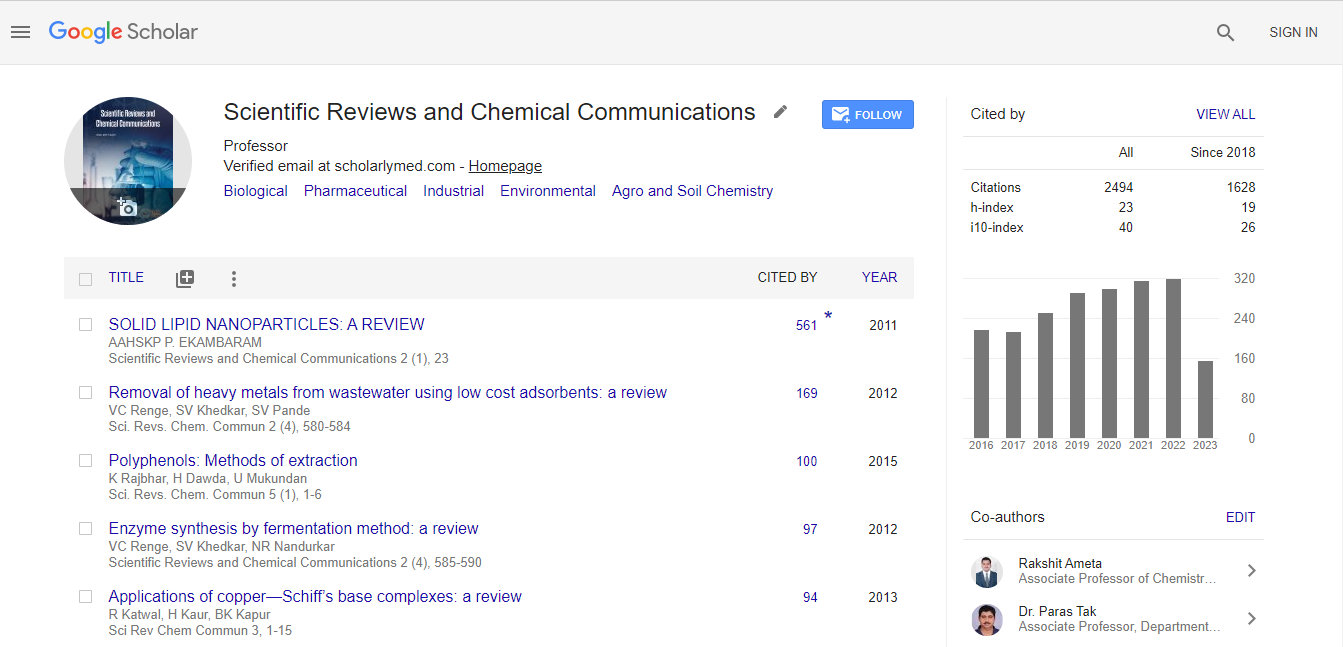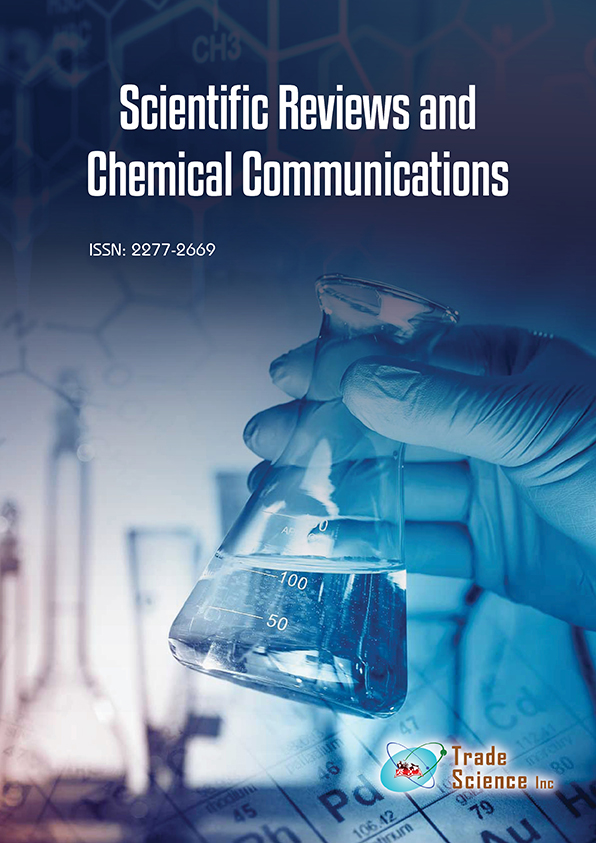Editorial
, Volume: 10( 6)Synthesis and in vitro antitumor activity of novel 6-amidino├»┬┐┬Ż?├»┬┐┬Żsubstituted 2-alkyl├»┬┐┬Ż?├»┬┐┬Żbisbenzothiazoles
Author Name: Livio Racané
Abstract
Statement of the Problem: Classical chemotherapy, based on the use of small molecules or bioactive natural products, is still the mainstay for cancer treatment that aims at major cellular targets such as DNA, tubulin or protein kinases. Even though chemotherapy remains the standard cancer therapy option, the use of available chemotherapeutics is rather limited due to severe side effects or a limited choice of available anticancer drugs. This clearly underscores the need for development of more effective cancer treatments and new class of chemotherapeutics. Methodology & Theoretical Orientation: Benzothiazoles and their derivatives have shown a wide range of biological activities such as anticancer, antimicrobial, antiviral and antioxidant. In continuation of our recent studies in the synthesis and evaluation of antiproliferative activities of amidino-substituted 2-aryl(heteroaryl)bisbenzothiazole derivatives, we present here the design, synthesis and structure-activity relationships of a series of dicationic 6-amidino-2-alkyl-bisbenzothiazole derivatives. The synthesis of diamidino-substituted bisbenzothiazole derivatives was performed by condensation reactions of the corresponding 5-amidino-2-aminothiophenole with dicarboxylic acid. The antiproliferative, properties of the newly prepared compounds were evaluated in vitro against four human tumor cell lines: colorectal metastatic adenocarcinoma (SW620), HepG2 (hepatocellular carcinoma), CFPAC-1 (pancreatic adenocarcinoma), HeLa (cervical carcinoma) using MTT assay. As a positive control, 5-fluorouracil was used. Findings: In vitro antiâ?├é┬Éproliferative screening of novel diamidinoâ?├é┬Ébisbenzothiazolyl derivatives revealed moderate to strong activity on tested cell lines, depending on the type of amidinic substituent, as well as the length of the alkyl chain. Conclusion & Significance: Based on these results, some compounds were chosen as the leading compounds for further rationalized design of the benzothiazole skeleton.
Introduction
Statement of the Problem: Classical chemotherapy, based on the use of small molecules or bioactive natural products, is still the mainstay for cancer treatment that aims at major cellular targets such as DNA, tubulin or protein kinases. Even though chemotherapy remains the standard cancer therapy option, the use of available chemotherapeutics is rather limited due to severe side effects or a limited choice of available anticancer drugs. This clearly underscores the need for development of more effective cancer treatments and new class of chemotherapeutics. Methodology & Theoretical Orientation: Benzothiazoles and their derivatives have shown a wide range of biological activities such as anticancer, antimicrobial, antiviral and antioxidant. In continuation of our recent studies in the synthesis and evaluation of antiproliferative activities of amidino-substituted 2-aryl(heteroaryl)bisbenzothiazole derivatives, we present here the design, synthesis and structure-activity relationships of a series of dicationic 6-amidino-2-alkyl-bisbenzothiazole derivatives. The synthesis of diamidino-substituted bisbenzothiazole derivatives was performed by condensation reactions of the corresponding 5-amidino-2-aminothiophenole with dicarboxylic acid. The antiproliferative, properties of the newly prepared compounds were evaluated in vitro against four human tumor cell lines: colorectal metastatic adenocarcinoma (SW620), HepG2 (hepatocellular carcinoma), CFPAC-1 (pancreatic adenocarcinoma), HeLa (cervical carcinoma) using MTT assay. As a positive control, 5-fluorouracil was used. Findings: In vitro anti?proliferative screening of novel diamidino?bisbenzothiazolyl derivatives revealed moderate to strong activity on tested cell lines, depending on the type of amidinic substituent, as well as the length of the alkyl chain. Conclusion & Significance: Based on these results, some compounds were chosen as the leading compounds for further rationalized design of the benzothiazole skeleton.

